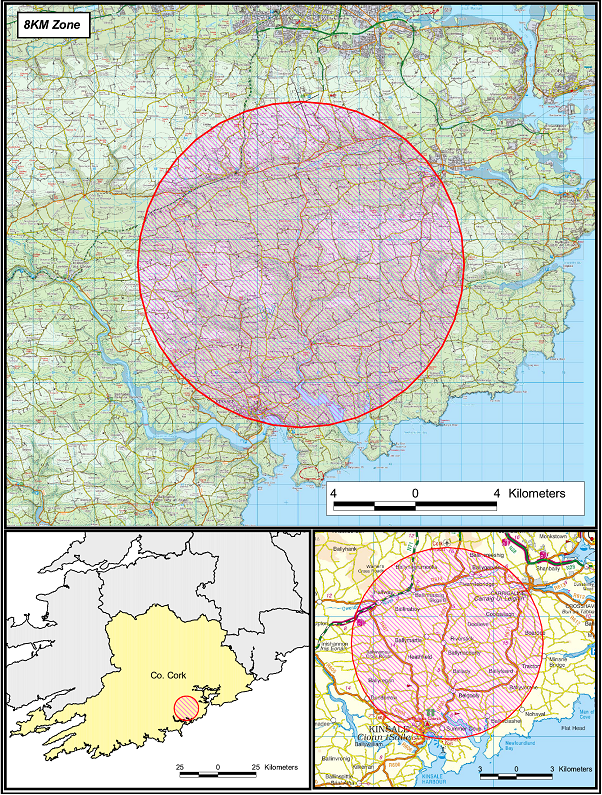A case of lyssavirus – which includes the rabies virus – has been discovered at a private premises in Co. Cork.
The Department of Agriculture, Food and the Marine identified evidence of exposure to lyssavirus in a sable – a species of marten – that had been imported to Ireland as a pet.
On January 7, 2020, the department was made aware of a sable that was intermittently displaying atypical behaviour. Department investigations identified that the animal was kept securely confined at a private premises in Cork, and there was no evidence of contact with animals outside the household.
The department said it liaised closely with both the Health Service Executive’s (HSE’s) regional Department of Public Health and the Health Protection Surveillance Centre (HPSC). The HSE has identified a small number of individuals who may have had any potential risk exposure to the animal.
Initial screening tests by the department’s Central Veterinary Laboratory and the European Reference Laboratory (EURL) in France were negative. However, On January 23, following further confirmatory test methods, the EURL reported evidence of low levels of lyssavirus genetic material in brain samples from the animal.
Based on these EURL results, rabies cannot be ruled out in the sable, the department said.
Although the likelihood of spread to other animals in the area is extremely low, the department is putting some additional precautionary measures in place, with a surveillance zone set out, as well as the following measure within that zone:
- Gathering of dogs, cats or ferrets, including for hunting; sales; fairs; etc, will be prohibited.
- Any mammals found dead in the area should be reported to the department.
These temporary measures will remain in place for a month, subject to review.
The extent of the surveillance zone can be seen in the image below:

